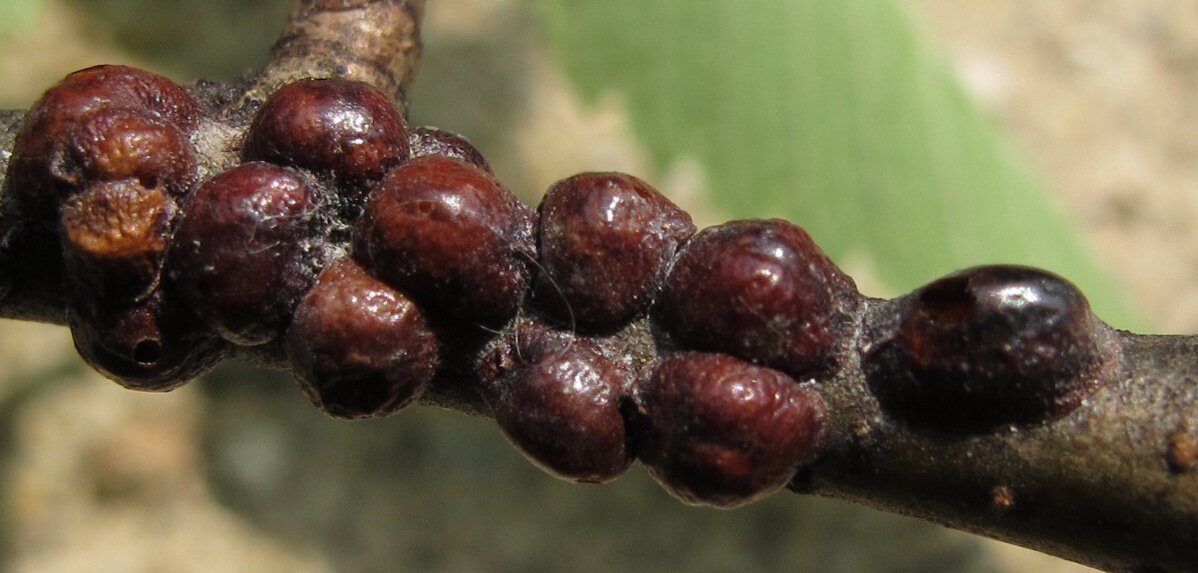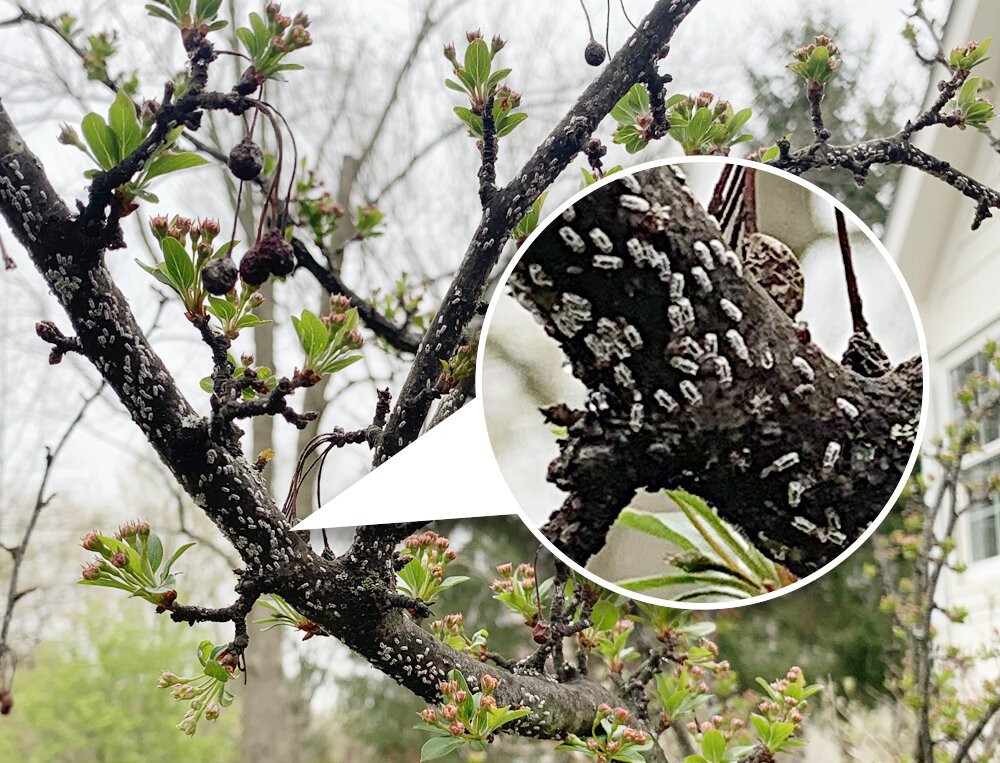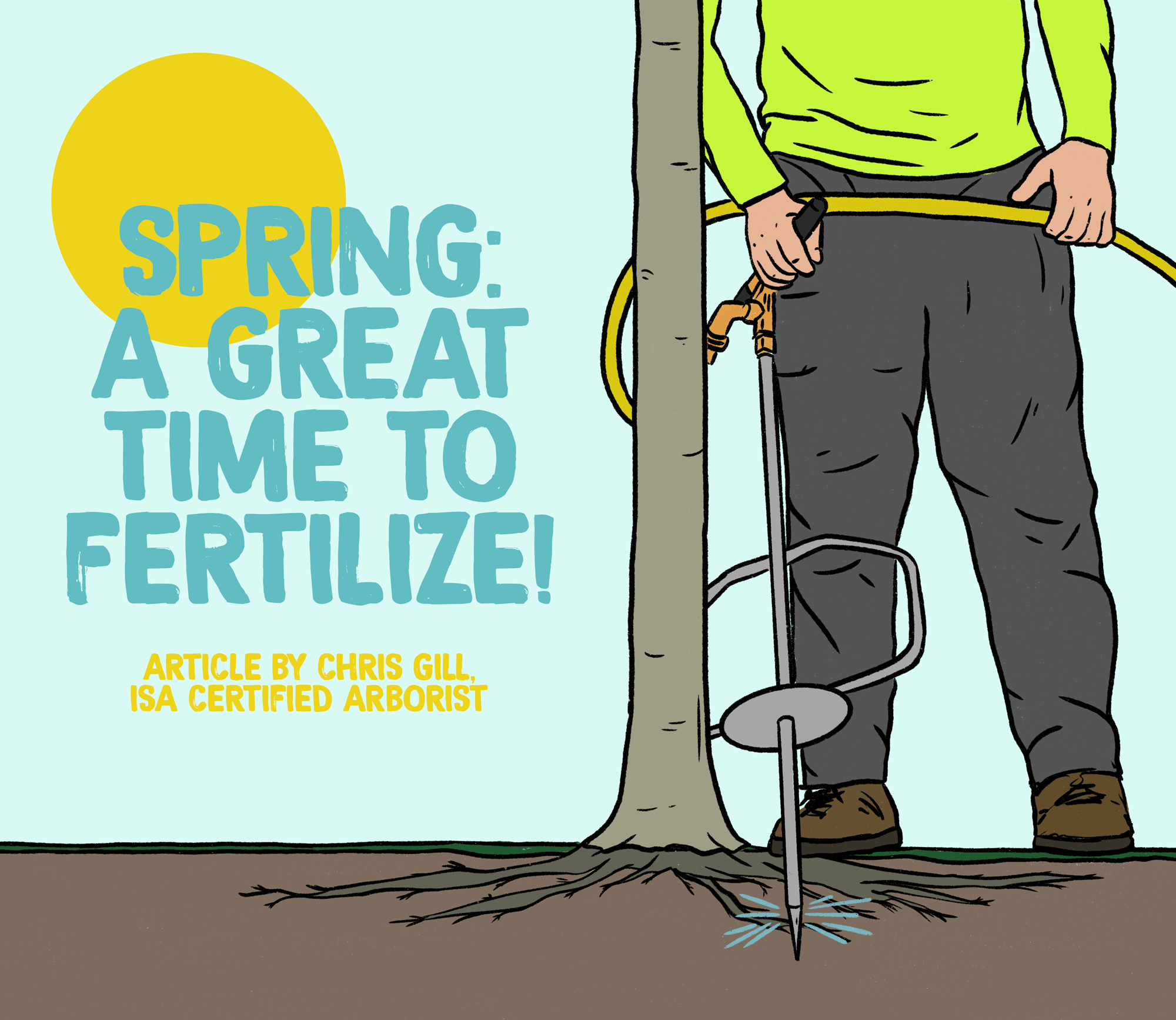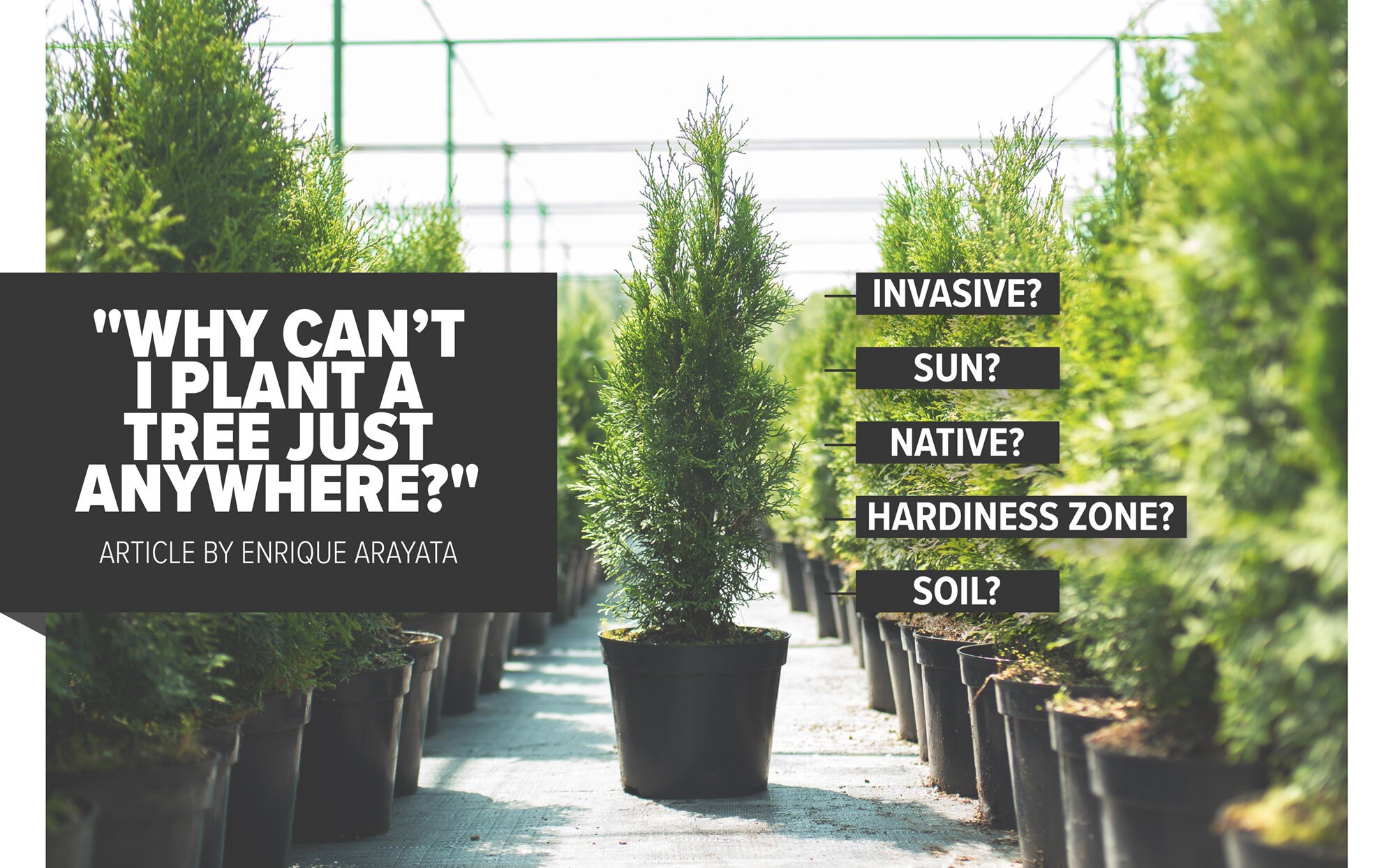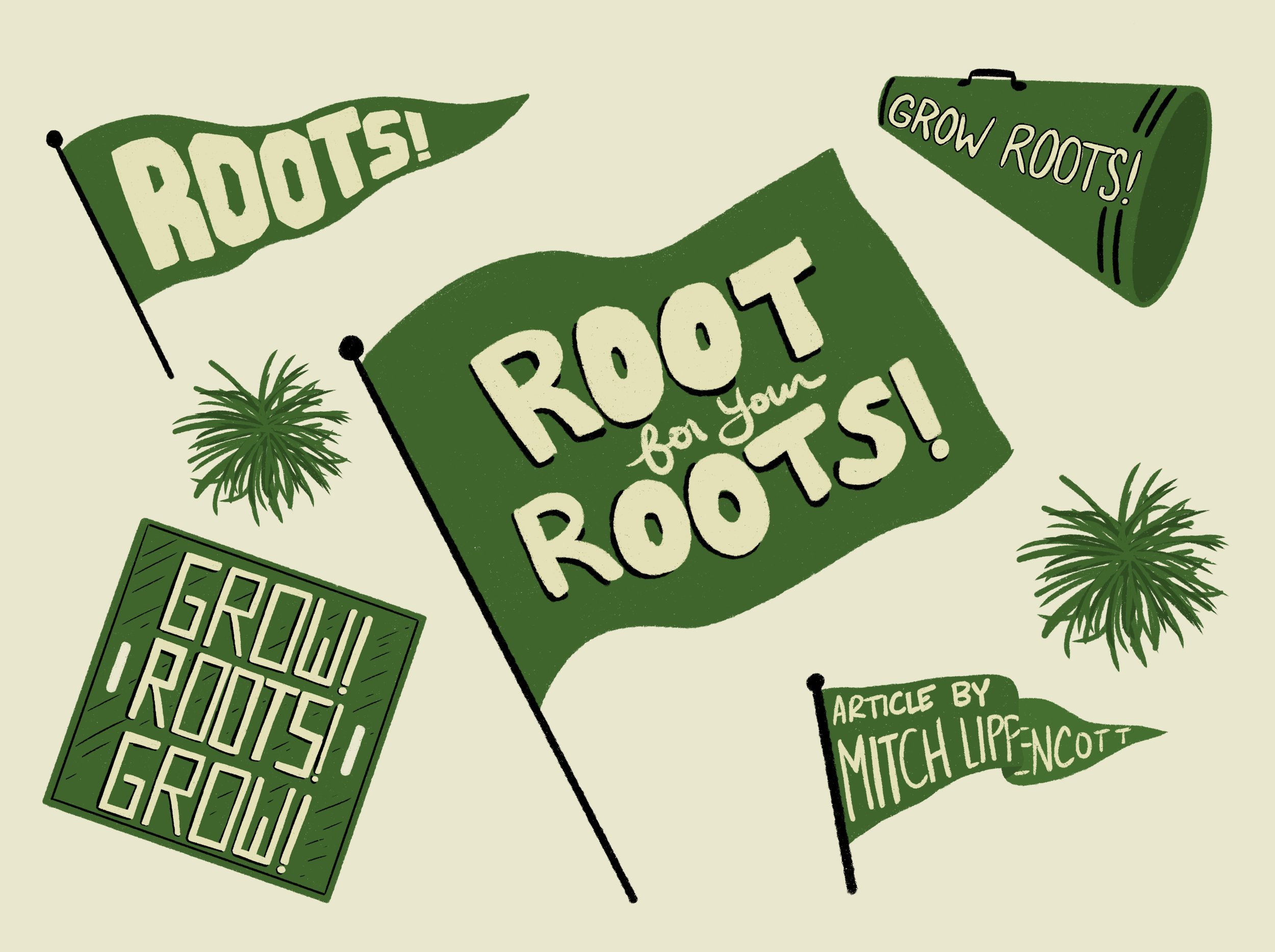By Mike McKee
ISA Certified Arborist®
May 16, 2024
“What is wrong with my tree?”
This is a question we receive on a daily basis. Sometimes it is obvious what is going on with your tree, but other times it may require a more thorough investigation. Many of the more obvious tree problems can be the result of mechanical, environmental or disease problems. However, the issue that I am writing about today is insect related, which often is less noticeable until populations get out of hand and start to cause damage. One such insect that can cause significant damage to trees this time of year is the European fruit lecanium scale. This is just one of many types of scale, so proper identification is a must as most scale insects have different life cycles and different control recommendations.
Female lecanium scale
Lecanium scale is considered a soft scale with a wide host range. In central Ohio, trees that are most affected by this insect are callery pear, crabapple, and fruit trees; although we do occasionally see infestations in birch, honeylocust, oak, and hickory trees. Lecanium scale is most noticeable when the females fill up with eggs. Over 1,000 eggs can be produced by one female. This is why the insect can get out of control quickly if left unnoticed and untreated.
Scale typically overwinter as second instar nymphs on the bark of trees. This stage is sometimes hard to notice, unless there are dead females from the previous year present at the same time. As your plants begin to break bud and leaf out in the early spring, this is when lecanium scale starts to feed. As the females feed and start to produce eggs, you’ll can easily see the large bump like structures on the stems of infested trees. You may also notice honeydew starting to drip from the branches as well. The honeydew on heavily infested trees can make everything under the tree very sticky. This attracts many other insects like flies, wasps, and ants. It also supports the growth of a black sooty mold, which can negatively affect plant growth as well. The eggs typically hatch in early to mid-June coinciding with the bloom of the Washington hawthorn tree in Ohio. This is called the crawler stage when the eggs hatch and crawl out to the leaves to begin feeding. This is the time when lecanium scale are at their most vulnerable stage. After feeding through the summer, the insect returns to the bark to overwinter.
Second-instar nymphs that overwintered on the tree stems. Note white waxy covering beginning to form. Scales are in their final fixed position, actively feeding and growing. Note droplets of honeydew here and there.
Each of these nymphs will mature into adult females that will be about 10 times their current size by the time they lay their clutch of 100 or more eggs.
This is a new infestation. An old infestation would also have the dead female bodies of last year’s adults alongside the current generation. They would be dark brown and about the size of BBs used for air gun ammunition.
There are many natural predators that feed on lecanium scale, but generally there are not enough to control large populations. This is when treatment options are beneficial. Every situation is different and may require different treatment strategies. Our ISA Certified Arborists® can visit your property and determine the best course of action.
The most effective way to keep lecanium scale out of your landscape is to avoid planting host plants like crabapples, weeping cherry and callery pear. Keeping plants healthy, vigorous and stress free will also help to reduce the likelihood that lecanium scale takes up residence in your trees. If lecanium scale do make their way into your landscape, two well timed topical insecticide sprays on the crawler stage can help reduce and keep the population at a threshold that damage to the tree is minimal. On very small trees, adults can be removed and destroyed by hand before the eggs hatch.
If you think lecanium scale is a problem on your tree, please give us a call and one of our ISA Certified Arborists® will come out to inspect your landscape and provide the best course of action!
CHECK OUT THESE ARBOR ED ARTICLES!
Tree Care Videos!
Sincerely,
Mike McKee | Regional Manager, Russell Tree Experts
Mike graduated from Hocking College in 1983 with a degree in Natural Resources specializing in urban tree care. He has been a certified arborist since 1991. Mike started his career in the private industry in 1985 before becoming a municipal arborist in 1989. He retired after serving thirty years before joining us at Russell Tree Experts in Sept. of 2018. His love of trees has never waned since trying to climb up the ridges of the massive Cottonwood tree in front of his childhood home.


